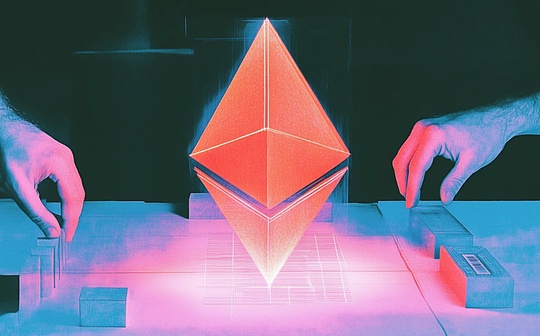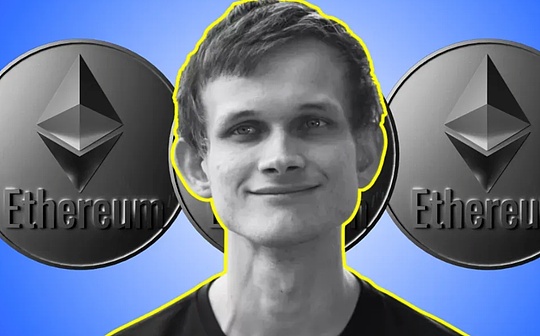
Author: Jay Jog, co-founder of Sei Labs; compiled by: Baishui, Bitchain Vision
In 2017, CryptoKitties caused the Ethereum network to collapse, and the industry learned a painful lesson from the scalability of blockchain.Today, decentralized finance (DeFi) locks in over $100 billion and millions of non-fungible tokens (NFTs) are trading, a lesson that is more important than ever.The Ethereum Virtual Machine (EVM)—the engine that drives this activity—is reaching its limit.
So far, the answer to the crypto community is a layer 2 solution – a standalone chain that processes transactions and reports to Ethereum.But what if the community keeps looking for answers in the wrong place?
Layer 2 is not a solution
Layer 2 blockchains have long been touted as a solution to EVM performance challenges because they are able to move computing efforts from Ethereum to secondary chains.As it turns out,The layer 2 solution is nothing more than a “quick solution”, not a permanent solution that many people hope.As Gemini reported,A new tier 2 will appear every 19 days in 2024, which shows that the competitive landscape is creating more problems than solving them.
Layer 2 solutions have their own challenges, mainly related to centralization and interoperability.Many of today’s Layer 2 blockchains run using a centralized sorter, which can put the network in troubles such as transaction censorship, transaction reordering, etc.Additionally, Vitalik Buterin said in a recent blog post that Tier 2 is working to maintain interoperability.This has attracted attention to the chaotic state of layer 2, further leading to a dispersed liquidity and complex user experience.
Advanced Summary Design has tried to address these pain points.Recently, a new design called native aggregation has emerged to try to solve the centralization problem of layer 2.Native summaries will take away the value of the project, which will greatly hinder adoption.Therefore, it is questionable whether native aggregation can solve all the pressing problems of Ethereum.
Since EVM itself faces so many challenges, why rely on layer 2 instead of finding another way?Is there any better solution?According to L2BEAT, the cost of running all major L2s is about $95.53 million per year.Rather than spending more money building and running more L2 and interoperability solutions, why not focus on refining the existing foundation layer?
More accurate alternatives to TPS
To create the highest performing Tier 1, the industry must first reevaluate the method of tracking blockchain performance.Most blockchains focus on throughput, using transactions per second (TPS) to compare chain performance.While many people think that reaching the most important number of transactions per second is the method adopted to implement the mainstream of cryptocurrencies, unfortunately, TPS does not allow similar comparisons because different types of transactions require different amounts of calculations.
For example, a single Ether transfer requires 21,000 units of gas, while a single ERC-20 transfer requires 65,000 units of gas, confirming that TPS has no value when tracking large-scale transactions and network throughput.
A new standardized performance metric that better reflects the computing power of the network must be developed to understand the full potential of blockchain.This is where an alternative performance metric called “gas per second” comes into play—the metric evaluates the gas fees required to process transactions, better reflecting different transaction types.While TPS is best suited to assess simple ETH transfers, gas per second reflects a larger picture because it takes into account all the computational efforts, even complex transactions.
Given the novelty of this indicator,Measuring gas per second of all chains will be a long process, but it is a critical step in the development of blockchain.
Back to Basics: Layer 1
As many Ethereum researchers focus on a summary-centric roadmap, the functionality of layer 1 has historically been overlooked.As the backbone of the entire crypto ecosystem, layer 1 is the key to scaling EVM.To solve the scalability challenges of EVM, Layer 1 must rebuild EVM from scratch, and performance is a top priority.
As transaction volume increases, EVMs face severe network congestion and high gas prices.It’s time for the Layer 1 extension to accommodate the next generation of users.Methods such as parallelization will help increase throughput, and combined with the consensus mechanism and storage solutions for transforming EVMs, will set new performance standards for the industry and create a more developer-friendly environment for projects.
The right solution to extend EVM
Layer 2 has been seen as the answer to provide the cheapest and fastest way to execute transactions in the past few years.Layer 2 is not really what EVM needs.From day one, Layer 1 has been the real solution to the EVM scalability problem.
Now is the time to adopt more accurate performance metrics and turn your attention to improving network performance.These changes will pave the way for EVM to reach its maximum potential, bringing unprecedented levels of scalability and efficiency.EVM will continue to exist, but its future depends on the construction of the industry.








